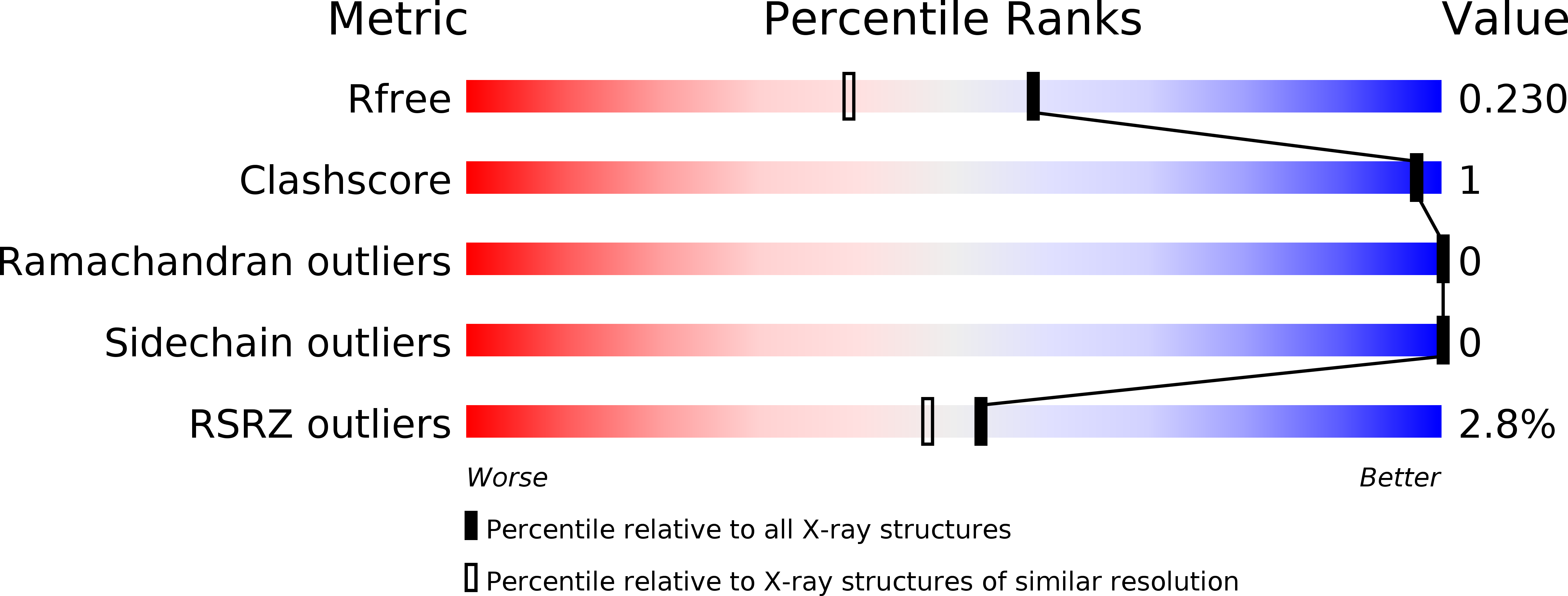
Deposition Date
2007-06-27
Release Date
2007-09-04
Last Version Date
2024-10-30
Entry Detail
PDB ID:
2QFF
Keywords:
Title:
Crystal structure of Staphylococcal Complement Inhibitor
Biological Source:
Source Organism:
Staphylococcus aureus subsp. aureus (Taxon ID: 282458)
Host Organism:
Method Details:
Experimental Method:
Resolution:
1.80 Å
R-Value Free:
0.22
R-Value Work:
0.20
R-Value Observed:
0.20
Space Group:
P 21 21 21


